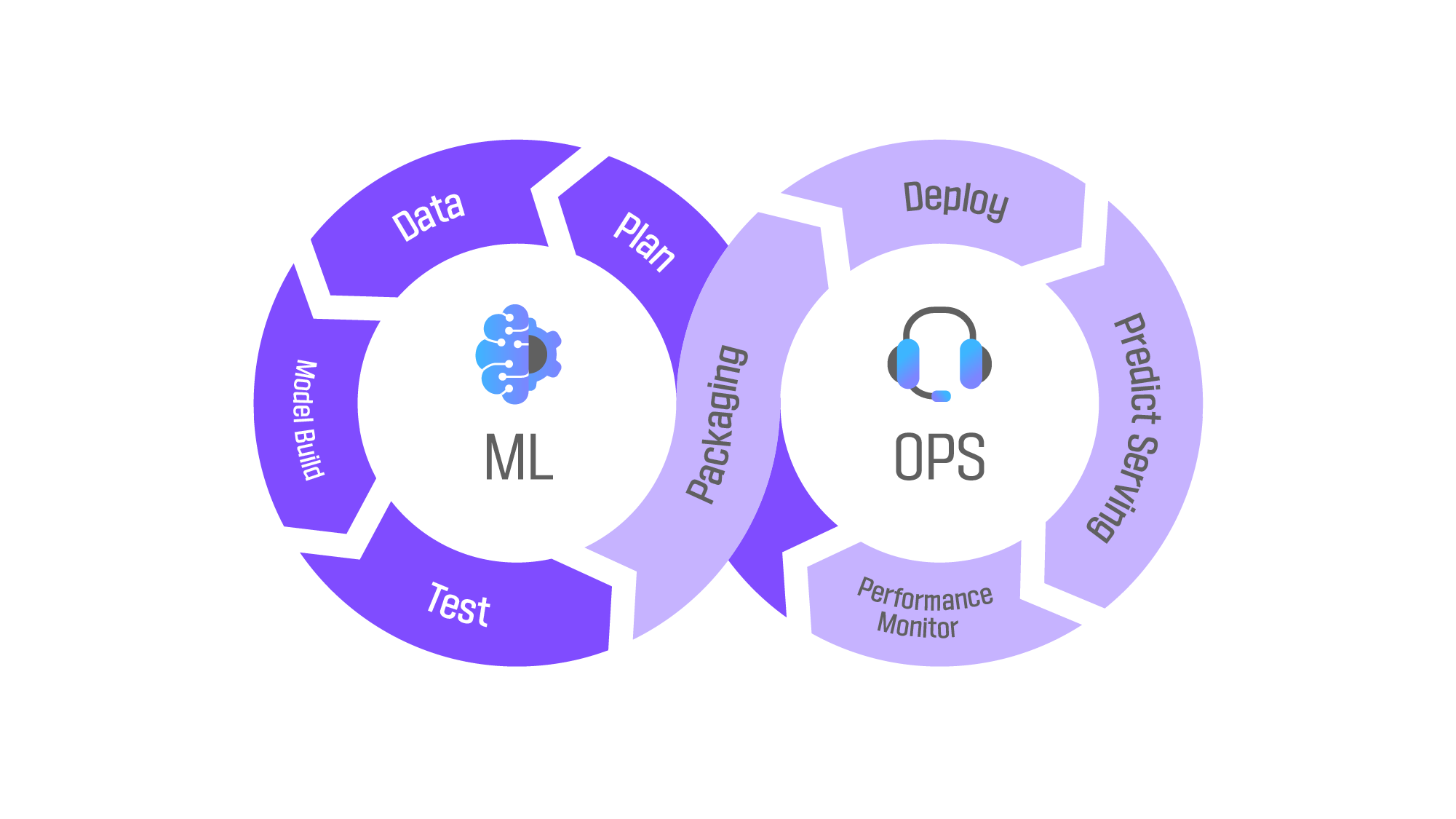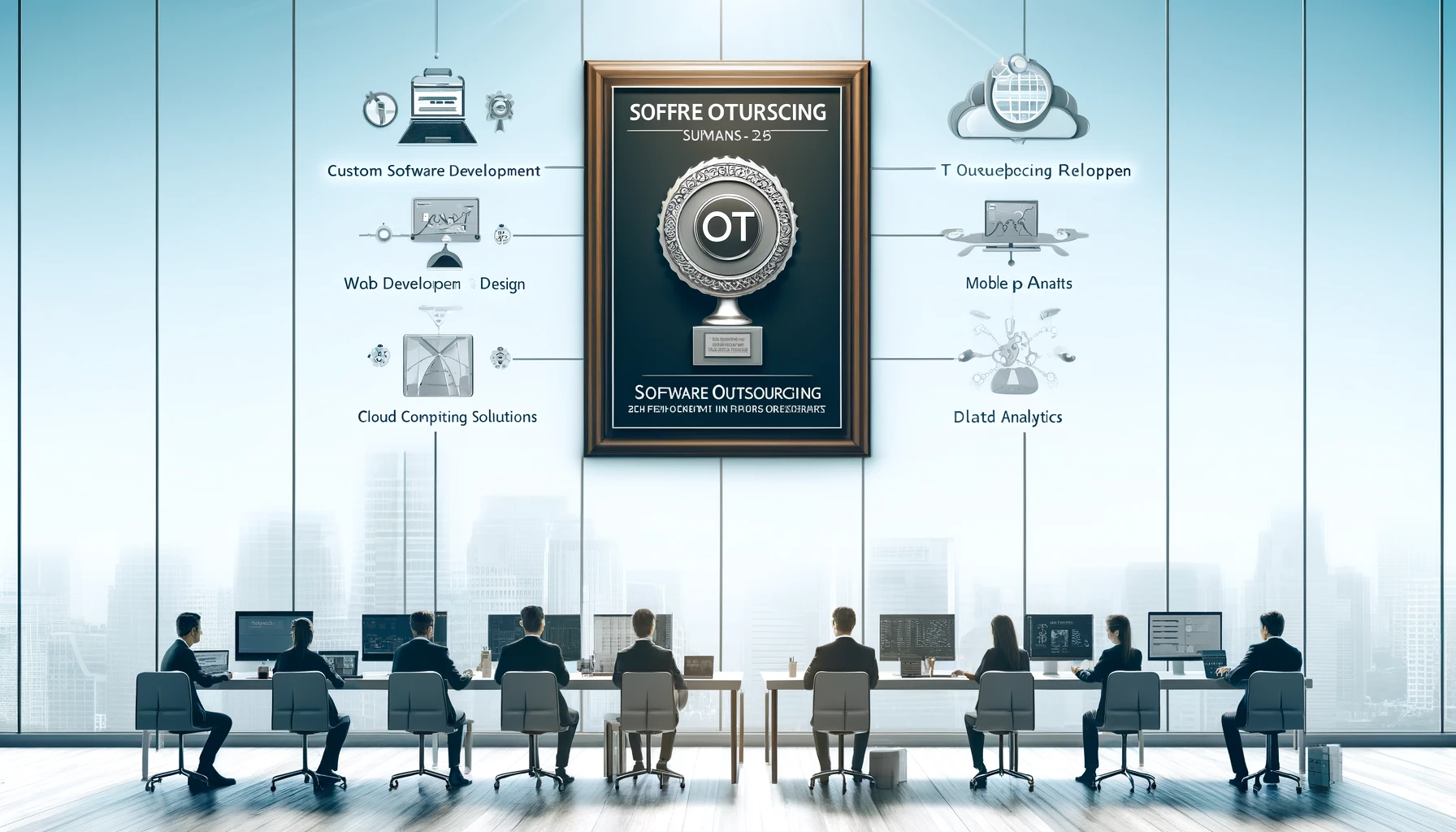Hey there! Ever wondered what the buzz around MLOps is all about? Let’s break it down!
MLOps, short for Machine Learning Operations, is the backbone of modern machine learning engineering. It’s all about optimizing the journey of machine learning models from development to production, and beyond. Think of it as the engine that drives collaboration between data scientists, DevOps engineers, and IT wizards.
The MLOps Cycle
So, why should you care about MLOps?
Picture this: faster model development, higher quality ML models, and swift deployment to production. That’s what MLOps brings to the table. By embracing MLOps, data teams can join forces, implementing continuous integration and deployment practices while ensuring proper monitoring, validation, and governance of ML models.
But wait, why is MLOps even a thing?
Well, putting machine learning into production ain’t a walk in the park. It involves a rollercoaster of tasks like data ingestion, model training, deployment, monitoring, and much more. And guess what? It requires seamless teamwork across different departments, from Data Engineering to ML Engineering. That’s where MLOps swoops in to save the day, streamlining the entire process and fostering collaboration.
Now, let’s talk about benefits.
Efficiency, scalability, and risk reduction – those are the holy trinity of MLOps perks. With MLOps, you can supercharge your model development, handle thousands of models with ease, and sleep soundly knowing your ML models are compliant and well-monitored.
Components of MLOps
But wait, what are the best practices?
From exploratory data analysis to model deployment, MLOps has got you covered. Think of reproducible datasets, visible features, and automated model retraining. It’s all about working smarter, not harder.
The MLOps Playbook: Best Practices
Now, let’s address the elephant in the room: MLOps vs. DevOps.
Sure, they’re cousins, but with different superpowers. While DevOps powers up software development, MLOps takes ML models to the next level. Think higher quality, faster releases, and happier customers.
MLOps vs. DevOps: Unveiling the Differences
Does training large language models (LLMOps) follow the same rules?
Not quite. Training LLMs like Dolly require a whole new playbook. LLMOps adds some extra flavor to the mix, from computational resources to human feedback.
Training Large Language Models: A Deep Dive
And last but not least, what’s an MLOps platform?
It’s like your ML command center, where data scientists and software engineers join forces to conquer the ML universe. From data exploration to model management, an MLOps platform is your one-stop shop for ML success.
Conclusion
In conclusion, MLOps is not just a fancy buzzword; it’s a game-changer in the world of machine learning. By streamlining the development, deployment, and maintenance of ML models, MLOps opens doors to faster innovation, higher-quality models, and smoother collaboration between teams. Whether you’re a data scientist, a devops engineer, or an IT guru, embracing MLOps can propel your machine learning projects to new heights. So, what are you waiting for? Dive into the world of MLOps and unlock the full potential of your machine learning endeavors!




4 Comments
Your comment is awaiting moderation.
Good post. I learn something new and challenging on blogs I stumbleupon on a daily basis. It’s always useful to read through content from other writers and use a little something from their sites.
Your comment is awaiting moderation.
This is the perfect web site for anybody who hopes to understand this topic. You know a whole lot its almost tough to argue with you (not that I really would want to…HaHa). You certainly put a brand new spin on a topic which has been written about for a long time. Excellent stuff, just great.
Your comment is awaiting moderation.
You ought to take part in a contest for one of the most useful websites on the internet. I am going to highly recommend this website!
Your comment is awaiting moderation.
I couldn’t resist commenting. Very well written.
Your comment is awaiting moderation.
There’s certainly a great deal to find out about this subject. I like all the points you’ve made.
Your comment is awaiting moderation.
Great web site you have here.. It’s difficult to find high-quality writing like yours nowadays. I seriously appreciate people like you! Take care!!
Your comment is awaiting moderation.
I’m more than happy to find this site. I wanted to thank you for ones time just for this wonderful read!! I definitely really liked every part of it and i also have you saved to fav to check out new stuff in your site.
Your comment is awaiting moderation.
bookmarked!!, I love your website.
Your comment is awaiting moderation.
You need to take part in a contest for one of the finest websites on the net. I most certainly will highly recommend this blog!
Your comment is awaiting moderation.
You made some decent points there. I checked on the web for more info about the issue and found most individuals will go along with your views on this site.
Your comment is awaiting moderation.
Having read this I thought it was extremely enlightening. I appreciate you finding the time and energy to put this article together. I once again find myself spending way too much time both reading and commenting. But so what, it was still worthwhile.
Your comment is awaiting moderation.
I blog quite often and I genuinely thank you for your content. The article has truly peaked my interest. I’m going to take a note of your blog and keep checking for new details about once a week. I subscribed to your Feed too.
Your comment is awaiting moderation.
Aw, this was an exceptionally good post. Taking the time and actual effort to generate a top notch article… but what can I say… I put things off a lot and never manage to get anything done.
Your comment is awaiting moderation.
An outstanding share! I have just forwarded this onto a co-worker who was conducting a little homework on this. And he actually bought me lunch because I stumbled upon it for him… lol. So allow me to reword this…. Thanks for the meal!! But yeah, thanks for spending time to discuss this matter here on your website.
Your comment is awaiting moderation.
I need to to thank you for this excellent read!! I absolutely loved every little bit of it. I’ve got you book-marked to look at new things you post…
Your comment is awaiting moderation.
The very next time I read a blog, I hope that it does not fail me just as much as this particular one. After all, Yes, it was my choice to read through, but I truly believed you would probably have something useful to say. All I hear is a bunch of crying about something you could possibly fix if you weren’t too busy searching for attention.
Your comment is awaiting moderation.
This website was… how do I say it? Relevant!! Finally I have found something that helped me. Appreciate it.
Your comment is awaiting moderation.
Pretty! This has been an incredibly wonderful post. Thanks for providing this info.
Your comment is awaiting moderation.
Hi fantastic blog! Does running a blog like this take a large amount of work?
I have absolutely no understanding of programming but I was hoping to
start my own blog in the near future. Anyways, should you have any recommendations or techniques for
new blog owners please share. I know this is off subject however I just had to ask.
Cheers!
Your comment is awaiting moderation.
Hello there, just became alert to your blog through Google, and found that it’s truly informative.
I am going to watch out for brussels. I will appreciate if you continue this
in future. Many people will be benefited from your writing.
Cheers! Escape rooms hub
Every time I read a new post, I feel like I’ve learned something valuable or gained a new perspective. Thank you for consistently putting out such great content!
Thanks for paying attention to our blog. Our consultation is free so you can leave your questions here and we will try to answer them asap
I loved as much as youll receive carried out right here The sketch is tasteful your authored material stylish nonetheless you command get bought an nervousness over that you wish be delivering the following unwell unquestionably come more formerly again since exactly the same nearly a lot often inside case you shield this hike
Thanks for paying attention to our blog. Our consultation is free so you can leave your questions here and we will try to answer them asap